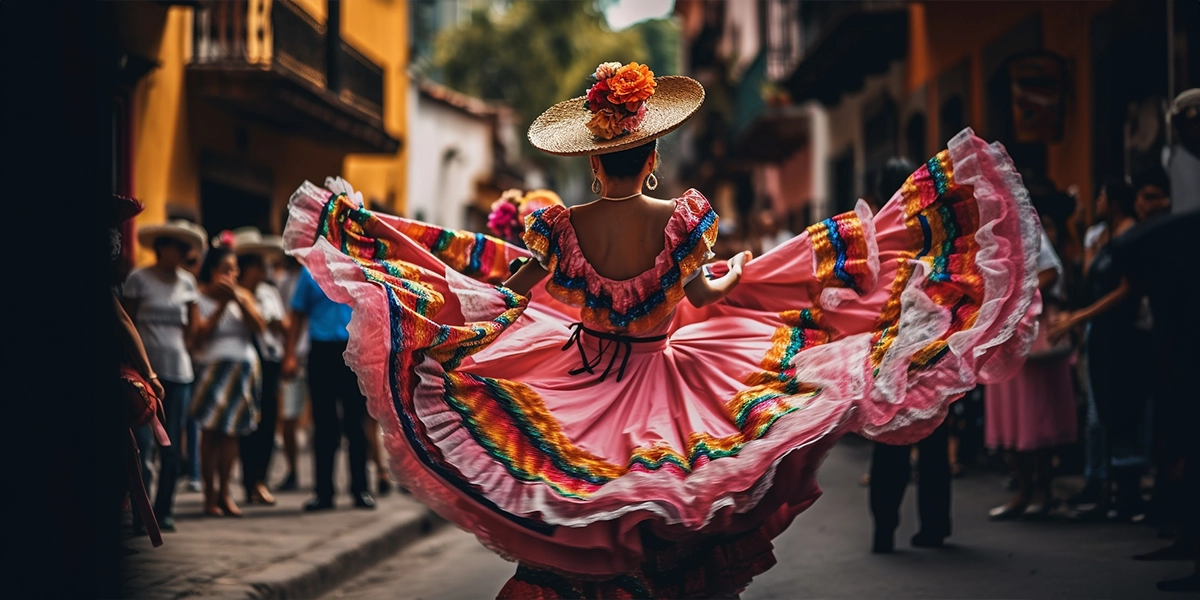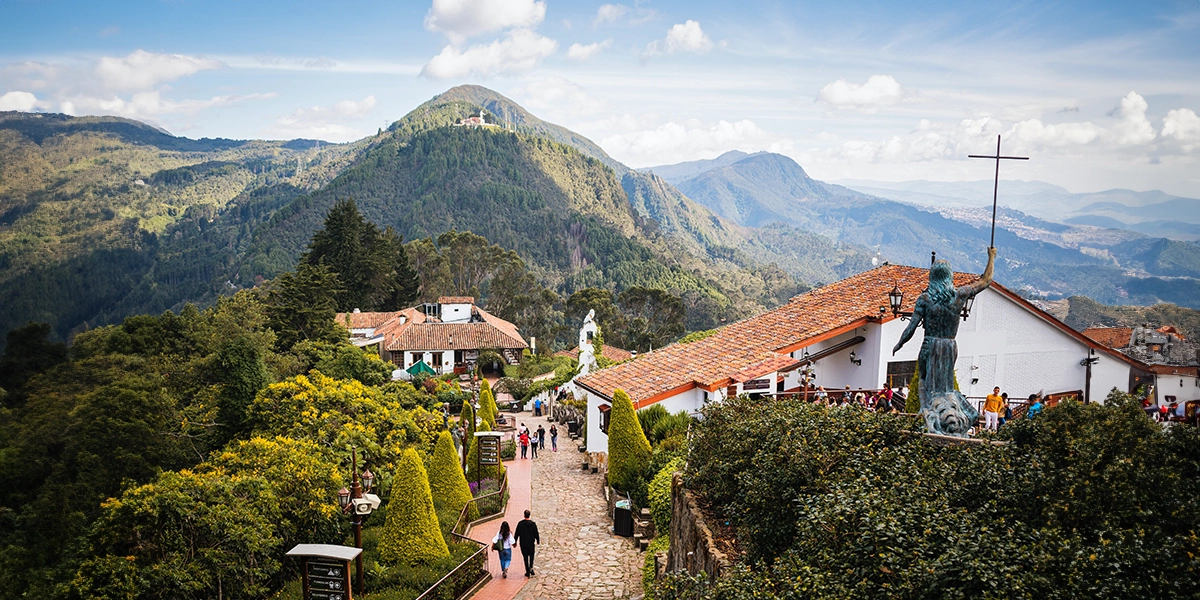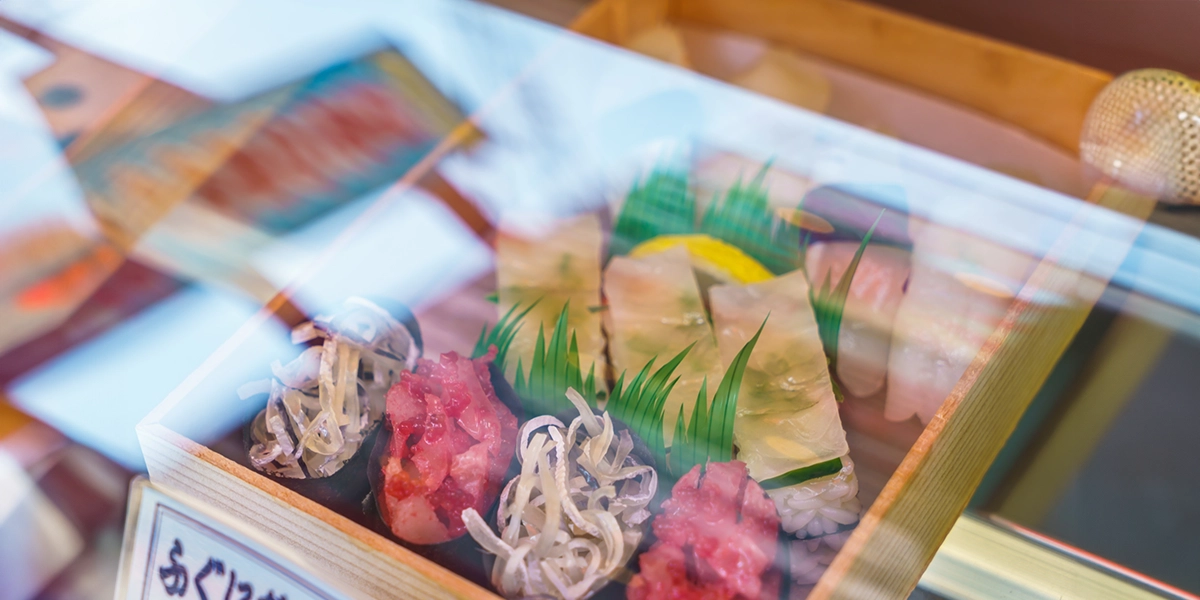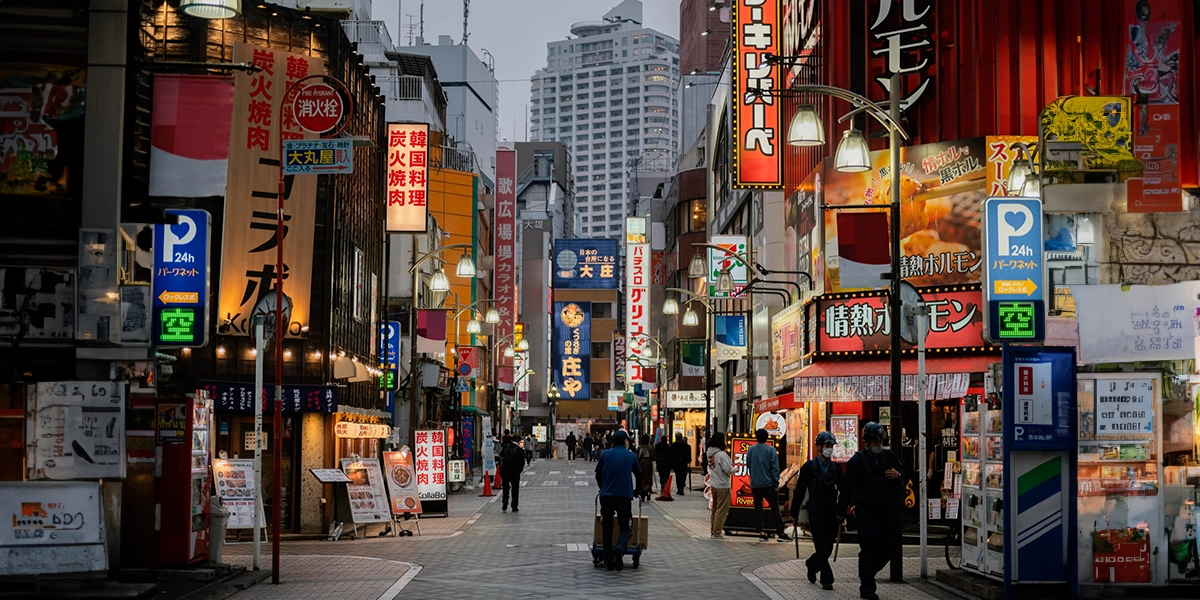When the New Year approaches, it's a time of joy, reflection, and celebration worldwide. For those considering working or studying abroad, understanding the unique traditions of different cultures can provide a richer experience.
In this article, we'll explore the diverse New Year's celebrations in Japan, Greece, Spain, Italy, Mexico, Vietnam, and Korea.
1. Oshogatsu, the Japanese New Year
In Japan, the arrival of the New Year is not just a change in the calendar; it's a cultural celebration deeply rooted in traditions and symbolism. Oshogatsu, the Japanese New Year, is a time for reflection, family reunions, and age-old customs that have been passed down through generations. Let's explore the essence of Oshogatsu and its vast ritual that make this celebration truly unique.
Oshogatsu begins with a thorough cleaning of homes and workplaces known as oosouji. This symbolic act is believed to purify the living spaces and make way for good fortune in the coming year. This Japanese New Year's tradition involves decluttering and organizing, creating a fresh start for the upcoming year.

2. St. Basil's Day and New Year's Day: two greek celebrations on the same day
In Greece, the transition from the old year to the new is a celebration intertwined with cultural significance and religious traditions. The festivities reach their peak on New Year's Day, coinciding with St. Basil's Day, creating a unique tapestry of customs that reflects on its rich history and deep-rooted beliefs.
A central element of the Greek New Year's tradition celebration is the custom of cutting the Vasilopita, a special cake or bread. Baked with a hidden coin or trinket, the person who discovers it inside the slice is believed to receive good luck for the entire year. The cutting of the Vasilopita is a communal event, often taking place at midnight on New Year's Eve or during family gatherings on New Year's Day.
3. Nochevieja, an ancient tradition
In Spain, the arrival of the New Year it's a spirited celebration that radiates joy, camaraderie, and vibrant traditions. Nochevieja, or New Year's Eve, is a lively and culturally significant event that captivates the hearts of Spanish people and visitors alike.
One of the most important Spainish New Year's tradition is to go to Madrid's Puerta del Sol square. Thousands of people gather to partake in the countdown, and as the clock strikes twelve, the square erupts in cheers, fireworks, and the traditional ringing of the bells. The celebratory atmosphere continues well into the early hours, with music, dancing, and a palpable sense of unity.
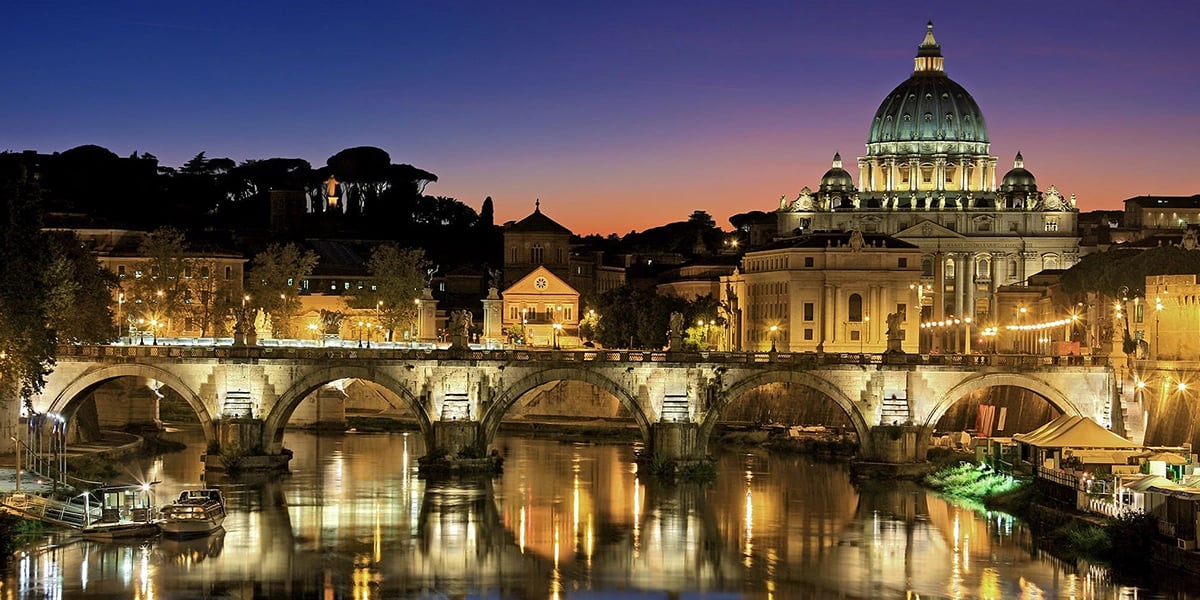
4. La Festa di San Silvestro, the traditional celebration in Italy
La Festa di San Silvestro, or New Year's Eve, is a lively and enchanting event that reflects Italy's rich cultural heritage. It is a vibrant celebration that seamlessly combines tradition, indulgence, and joy.
At the heart of the most important Italian New Year's tradition is the Cenone, a grand New Year's Eve dinner. Families and friends come together to indulge in a lavish feast featuring a variety of traditional Italian dishes. From lentils symbolizing wealth, to zampone (stuffed pig's trotter) and cotechino (pork sausage), the meal is a gastronomic celebration that ushers in the new year with culinary delights.
5. Año Nuevo, with effigies in Mexico
In Mexico, the arrival of the New Year is a lively celebration that combines rich cultural traditions with vibrant festivities. Año Nuevo, or New Year's, is a time when families and communities come together to bid farewell to the old year and welcome the new with joy, optimism, and a distinct Mexican flair.
One of the most unique Mexican New Year's traditions is the creation of Año Viejo, effigies representing the old year. These life-sized or miniature figures, often crafted with papier-mâché, cardboard, or old clothes, depict political figures, celebrities, or personal representations of the past year. At midnight, these effigies are set on fire, symbolizing the burning of the old year and the clearing of the path for new beginnings.
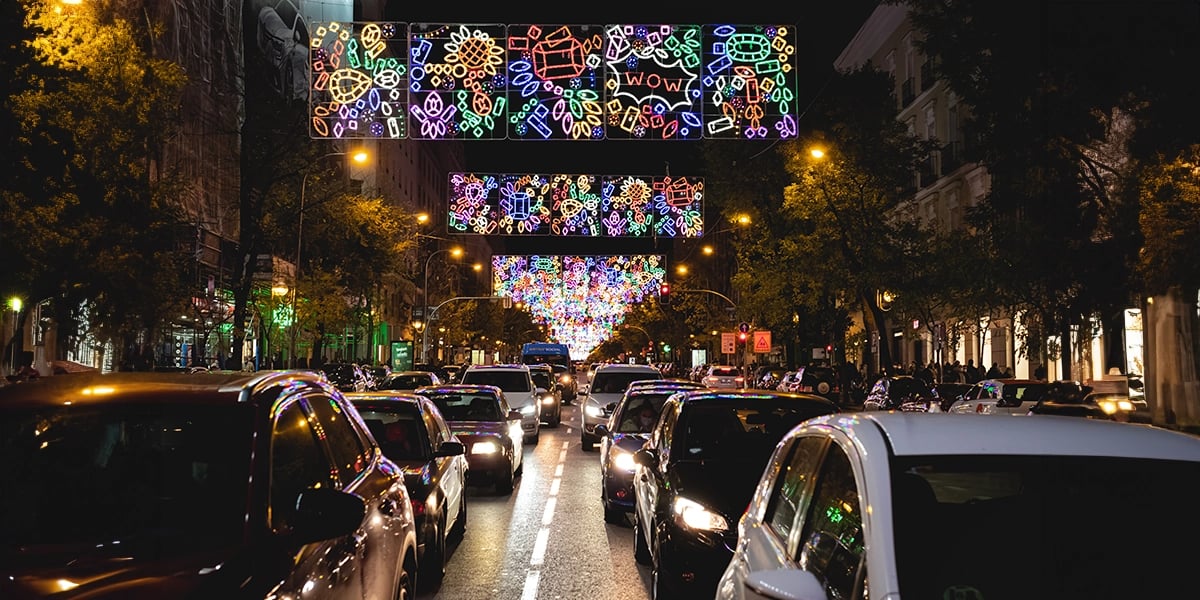
6. Tet Nguyen Dan, the New Year in Vietnam
Tet Nguyen Dan, or simply Tet, marks the beginning of the Lunar New Year in Vietnam. Beyond being a calendar event, Tet is a cultural phenomenon that holds immense significance for the Vietnamese people. It's a time when families come together, ancestral traditions are honored, and the spirit of renewal and hope fill the air.
Weeks before this Vietnam New Year tradition, Vietnamese households engage in a thorough cleaning, symbolizing the desire to leave behind the old year and welcome the new with a fresh start. This meticulous process, known as "Don Tet," includes cleaning and decorating homes, purchasing new clothes, and preparing traditional foods.
7. Seollal, the New Year in Korea
In Korea, the transition from the old year to the new is not just a temporal shift; it's a cultural celebration deeply rooted in tradition, family, and symbolic rituals. Seollal, the Korean New Year's, is a time when families come together to honor their heritage, pay respects to ancestors, and usher in the new year with a blend of ancient customs and modern festivities. Let's explore the unique elements that make Seollal a cherished and distinct Korean New Year's tradition.
Seollal is marked by the Sebae, a traditional bowing ritual where younger family members bow to their elders as a gesture of respect. In return, elders offer words of wisdom, blessings, and often a small gift or "Sebaetdon" to the younger generation. This exchange reinforces the importance of familial bonds and filial piety.
Embracing the New Year traditions of different cultures enhances our understanding of the world's diversity. Whether you're considering working or studying in Japan, Greece, Spain, Italy, Mexico, Vietnam, or Korea, participating in these unique celebrations can be a rewarding and enriching experience. As you embark on new adventures, may the customs and traditions of these cultures inspire a sense of connection and appreciation for the global tapestry of celebrations.


